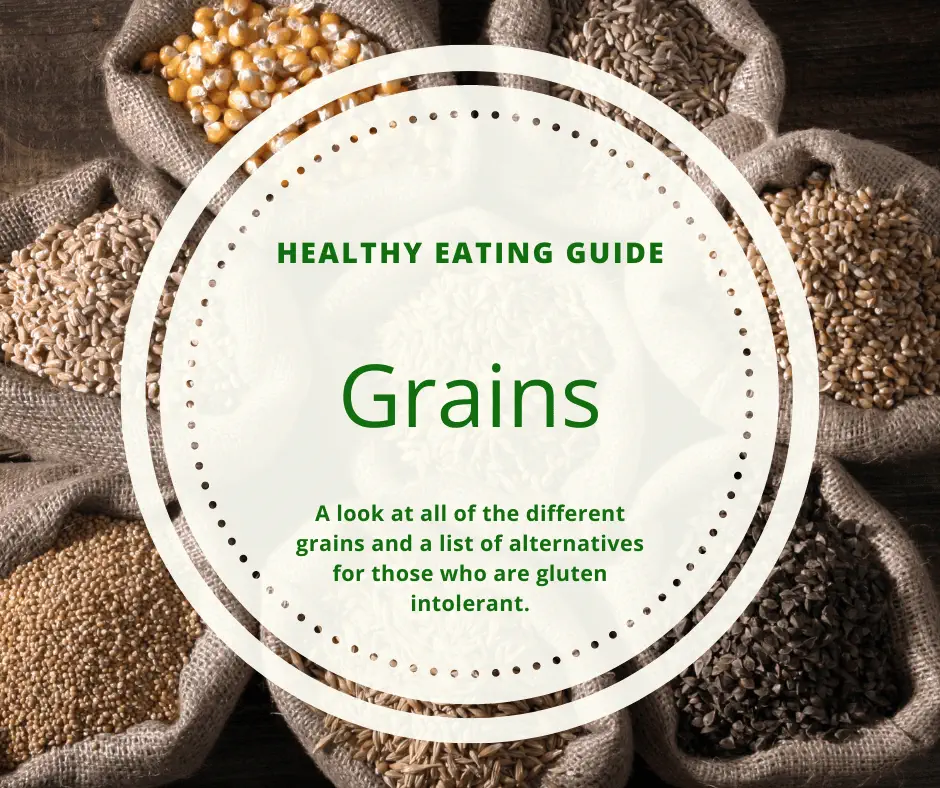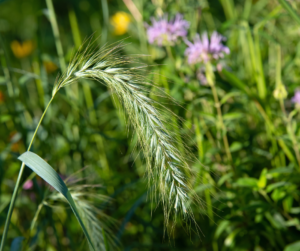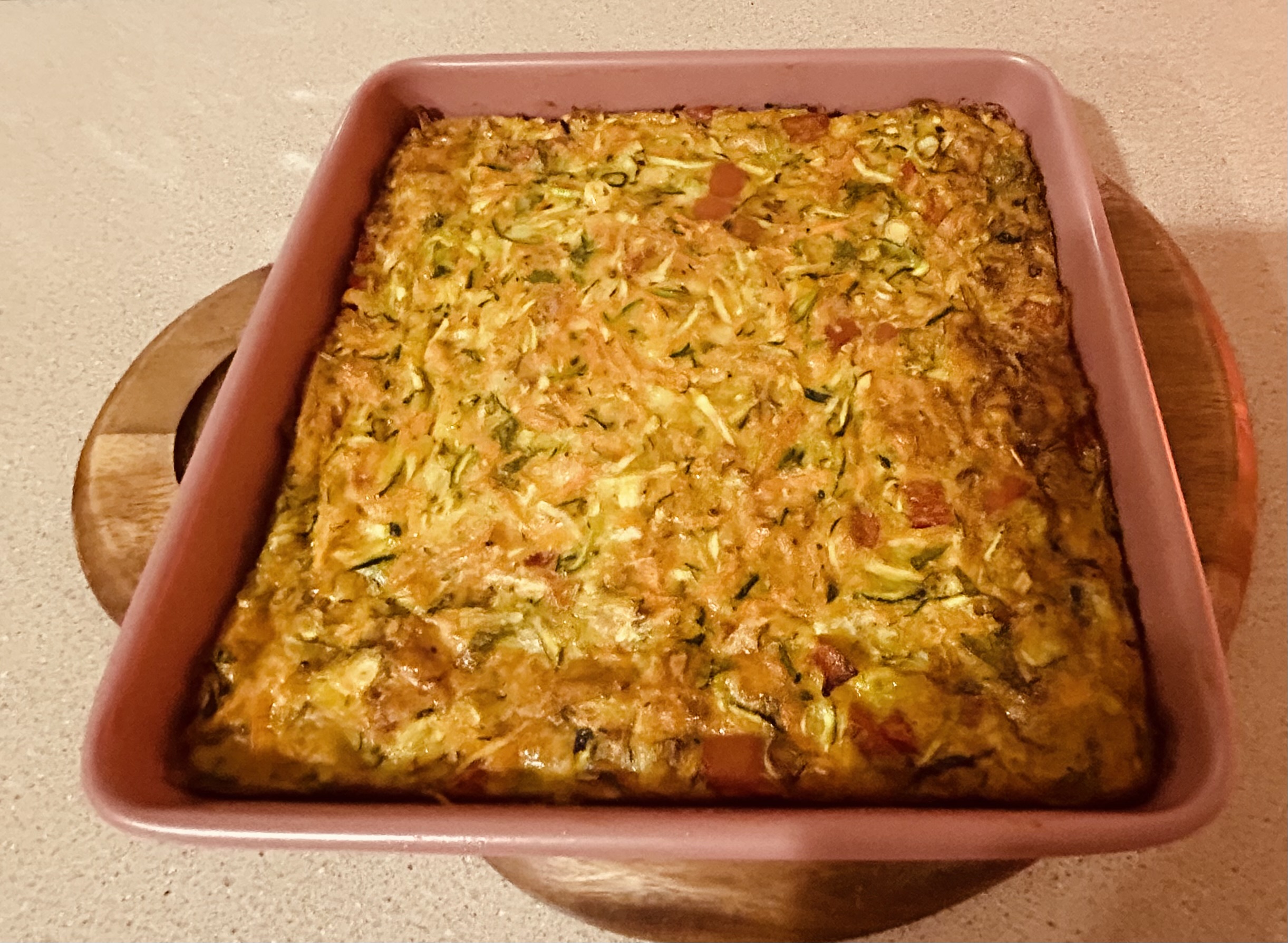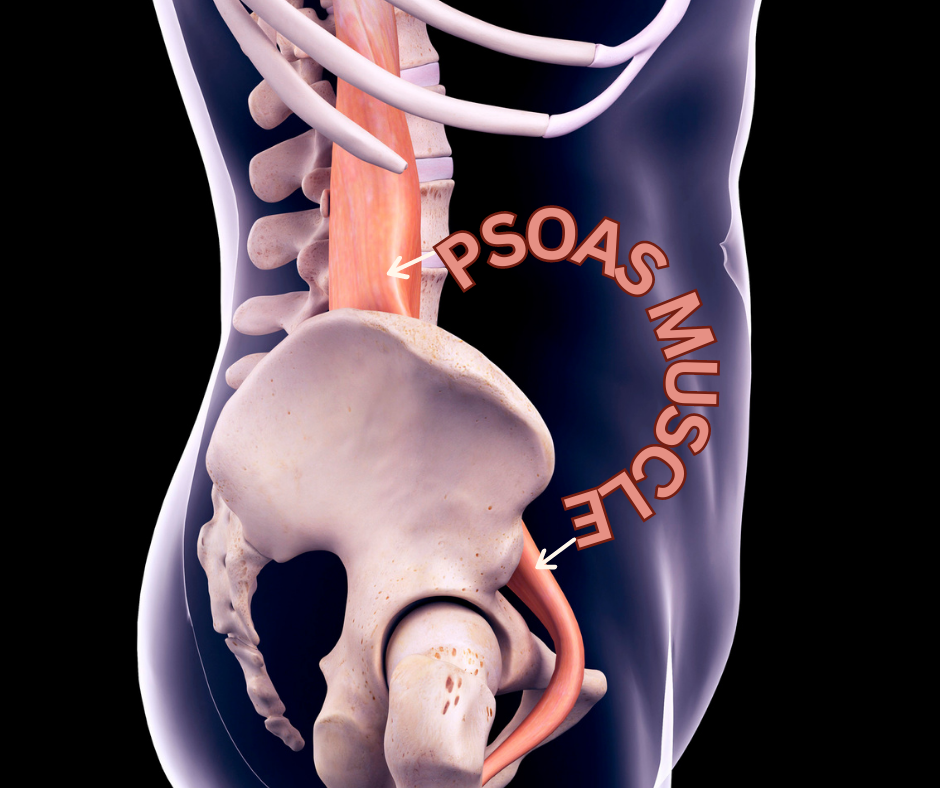Grains
Grains are the seeds of grass-like plants called cereals. Some of the most common varieties are corn, rice, wheat, oat, barley, millet and rye.
Some seeds of non-grass plants or pseudo cereals are also considered whole grains and include buckwheat, quinoa, and amaranth.
Whole-grain kernels have three parts
- Bran – this is the hard outer shell. It contains fibre, minerals, and antioxidants.
- Endosperm – the middle layer of the grain is mostly made up of carbohydrates.
- Germ – this inner layer has vitamins, minerals, protein and plant compounds.
Grains can be rolled, crushed, or cracked. Nonetheless, if these three parts are present in their original proportion, they’re considered whole grains.
Refined grains have had the germ and bran removed, leaving only the endosperm. Grains are naturally high in fibre, helping you feel full and satisfied, which makes it easier to maintain a healthy body weight.
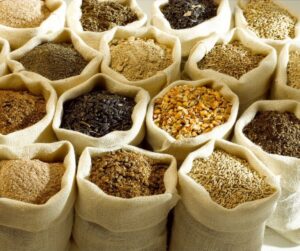
Whole grains are also linked to:
- Reducing your risk of heart disease
- Reducing your risk of stroke
- Reducing your risk of obesity
- Lowering your risk of type 2 diabetes
- Supporting healthy digestion
- Reducing chronic inflammation
- May reduce your risk of cancer
- Can help lower cholesterol
- Can help lower blood pressure
High in nutrients:
- Fibre: the bran provides most of the fibre in whole grains
- Vitamins: including B3 (niacin), B1 (thiamine) and B9 (folate)
- Minerals: such as zinc, iron, magnesium, and manganese
- Protein: whole grains boast several grams of protein per serve
- Antioxidants: many compounds in whole grains act as antioxidants, which include phytic acid, lignans, ferulic acid, and sulphur compounds
- Plant Compounds: whole grains deliver many types of plant compounds that play a role in preventing disease. These include polyphenols, stanols and sterols
Gluten free options:
Over 30 years of working as a naturopath I have found a high percentage of my clients are gluten intolerant to some degree. Below are gluten free options.
Nutrients for the gluten free options.
- Quinoa:
Protein, manganese, phosphorus, copper, folate, iron, magnesium, zinc and B1 (thiamine)
- Brown rice:
Protein, calcium, iron, magnesium, manganese, phosphorus, selenium, B1 (thiamine) and B6 (pyridoxine)
- Wild rice:
Protein, B6 (pyridoxine), B3 (niacin), B9 (folate), magnesium, phosphorus, zinc and copper.
- Buckwheat:
Protein (particularly high in lysine and arginine), manganese, copper, magnesium, iron, phosphorus, potassium, zinc, B1 (thiamine), B6 (pyridoxine), B5 (pantothenic acid), B2 (riboflavin) and B3 (niacin).
- Sorghum:
B1 (thiamine), B6 (pyridoxine), iron, zinc, phosphorus, potassium, magnesium, selenium and copper.
- Tapioca:
Protein, zinc, iron, selenium, calcium, copper, B5 (pantothenic acid) and B6 (pyridoxine).
- Millet:
B vitamins, phosphorus, potassium, manganese, magnesium, copper, iron and zinc.
- Amaranth:
Protein, manganese, magnesium, phosphorus, iron, selenium, copper, zinc, potassium and B6 (pyridoxine).
- Oats:
Pure oats are gluten-free, however, oats are often contaminated with gluten because they may be processed in the same facilities as gluten-contaminated grains.
Nutrients: protein, calcium, iron, potassium, phosphorus, manganese, zinc, B3 (niacin), B2 (riboflavin), B5 (pantothenic acid, B1 (thiamine) and B6 (pyridoxine).
Summary:
Grains play an important role in a balanced diet, people who eat whole grains as part of a healthy diet have a reduced risk of some chronic diseases.
If you are struggling to find the right options for yourself please make an appointment for a nutritional consultation.

